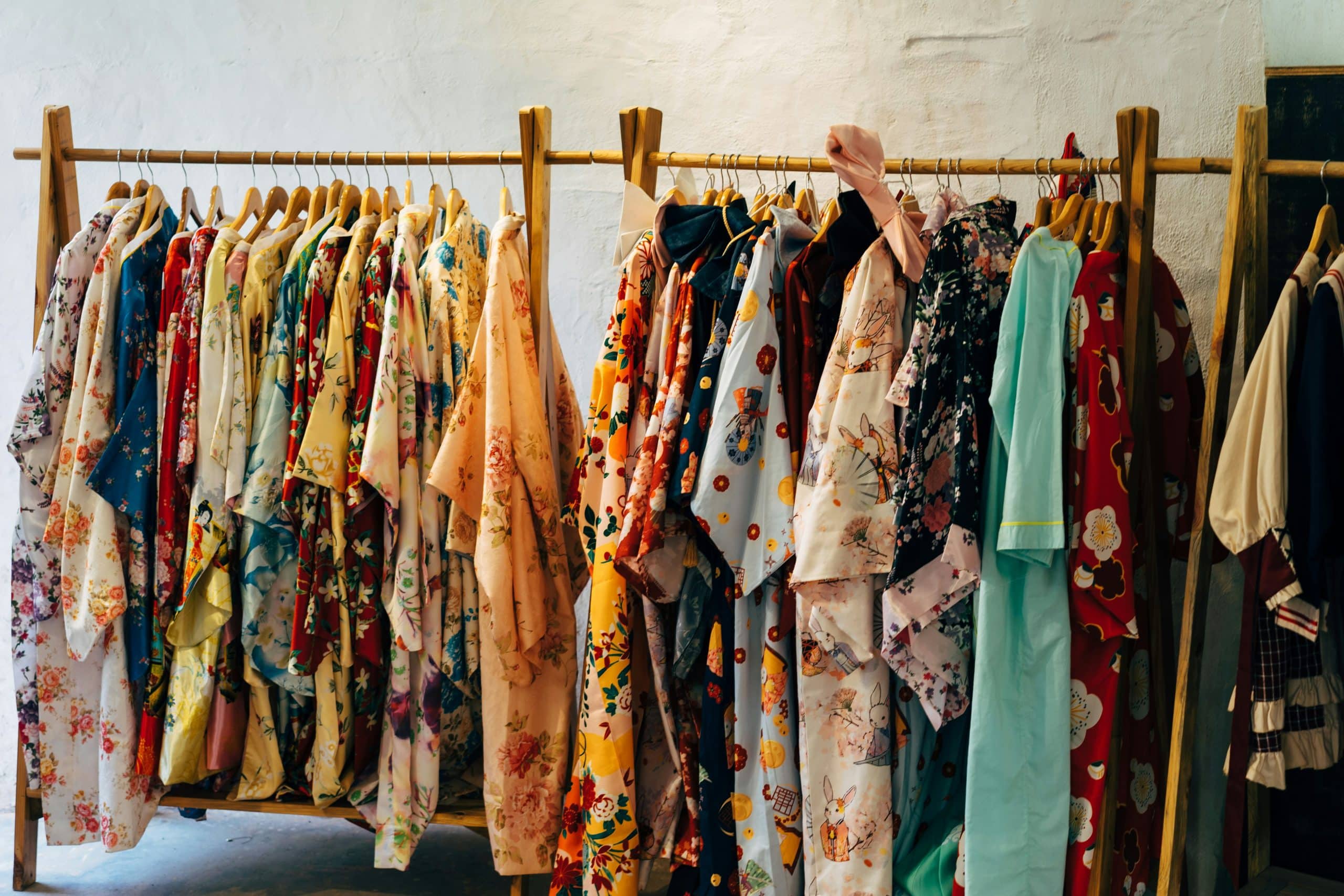In the age of growing environmental consciousness, consumers are increasingly looking for sustainable ways to shop. The fashion industry, which has long been notorious for its environmental impact and unsustainable practices, is being scrutinized under the lens of eco-consciousness. This article will delve into how eco-labeling can influence consumer choices in the fashion industry. We will discuss what eco-labeling involves, how it’s being used in the industry, the impact it’s having on consumer buying behavior, and the challenges that companies face when implementing it.
The Rise of Eco-labeling in Fashion
As the impacts of climate change become increasingly visible, industries across the board are under pressure to reduce their environmental footprints. The fashion industry, in particular, is feeling the heat due to its significant contribution to global carbon emissions and waste production. In response, many companies are turning to eco-labeling as a way to demonstrate their commitment to sustainability.
In parallel : Innovations in luxury home decor : a look at emerging trends and designs
Eco-labeling involves attaching a label to a product that indicates its environmental credentials. These labels can provide information about a range of different environmental factors, including the materials used in a product, the manufacturing processes employed, and the product’s carbon footprint, among other things. The idea is to provide consumers with clear and transparent information about the environmental impact of the products they buy, allowing them to make more sustainable choices.
Influence of Eco-labeling on Consumer Behavior
The rising trend of eco-labeling in the fashion industry is largely driven by changes in consumer behavior. Today’s consumers are becoming more conscious about the environmental impact of their purchasing decisions and are actively seeking out environmentally-friendly products.
Also to discover : Space tourism: preparing for the next great adventure
In a sample study, it was found that eco-labels can significantly influence consumer purchasing decisions. The presence of an eco-label can make a product more appealing to consumers, who are increasingly prioritizing sustainability in their buying choices. An eco-label provides them with a quick and easy way to identify sustainable products, saving them the time and effort of researching each product’s environmental credentials individually.
Moreover, the labels also add a layer of trust, as they often come with a set of criteria to ensure companies aren’t just making false environmental claims. This is particularly important in an industry where ‘greenwashing’ – making misleading or unsubstantiated claims about a product’s environmental benefits – is a common practice.
The Role of Companies in Eco-labeling
While eco-labeling is fundamentally a tool for consumers, it also plays a significant role in shaping company behavior within the fashion industry. Companies are starting to see that sustainability isn’t just good for the planet – it’s also good for business.
Implementing eco-labeling can bring numerous benefits for companies. For one, it can help them differentiate their products from the competition, particularly in a market where consumers are increasingly looking for sustainable options. Second, it can also contribute to improving their brand image and reputation, as consumers are more likely to perceive companies with eco-labels as responsible and ethical.
But implementing eco-labeling isn’t without its challenges. One of the main hurdles is the lack of standardized criteria for what constitutes a ‘sustainable’ product. Different labels have different standards, and this lack of consistency can create confusion for consumers and companies alike.
Need for Transparent and Credible Eco-labeling Practices
While eco-labeling can certainly influence consumer choices and company behaviors, its effectiveness is contingent on its credibility. Consumers need to trust that the eco-labels they see are accurate, reliable, and transparent.
For this reason, rigorous standards and verification processes are essential. Many third-party organizations offer certification services to ensure that eco-labels meet certain environmental and social criteria. This can help to ensure that companies aren’t just making empty claims about their sustainability practices.
Moreover, education plays a crucial role in making eco-labeling more effective. Consumers need to understand what these labels mean and how to interpret them. This requires a concerted effort from companies, industry bodies, and educators to provide clear and accessible information about eco-labels and their significance.
In sum, eco-labeling has a significant potential to drive more sustainable consumer choices and industry practices in the fashion world. But for it to reach its full potential, transparency, credibility, and education are key.
The Expansion of Eco-Labels in the Fashion Industry’s Supply Chain
The fashion industry is complex, with a supply chain that often spans multiple countries and involves numerous different materials and processes. Given this complexity, implementing eco-labels can be a challenging task. However, more and more fashion brands are realizing the importance of eco-labeling and are incorporating it into their supply chain.
Eco-labels can be applied at various stages in the supply chain, from the sourcing of raw materials to the manufacturing of the final product. For example, the OEKO-TEX label certifies that textiles have been tested for harmful substances, while the Fairtrade label ensures that products have been made in conditions that respect workers’ rights and the environment.
These labels not only help consumers make more informed and sustainable purchasing decisions, but they also push companies to adopt more sustainable practices. By applying for eco-labels, companies are forced to scrutinize their supply chain and identify areas where they can reduce their environmental impact.
However, the lack of standardized criteria for eco-labeling can make it difficult for companies to navigate the process. Companies often have to deal with multiple different certification bodies, each with their own set of criteria. This can be time-consuming and costly, particularly for smaller companies.
As such, there is a growing call for more standardized and consistent eco-labeling practices. This could involve creating a universal set of criteria for what constitutes a ‘sustainable’ product, or establishing a single certification body that oversees all eco-labeling in the fashion industry.
Conclusion: The Future of Eco-Labeling in the Fashion Industry
In conclusion, eco-labeling has the potential to significantly influence consumer behavior and drive more sustainable practices in the fashion industry. However, for it to be effective, it needs to be backed by credible and transparent practices.
This involves rigorous standards and verification processes to ensure that eco-labels are reliable and accurate. It also involves educating consumers about what these labels mean and how to interpret them. This education could be provided by companies, industry bodies, or educators, and could be facilitated through various channels, such as marketing campaigns, information on company websites, or educational resources.
The fashion industry is at a pivotal point in its evolution. With increasing pressure to reduce its environmental impact, it is clear that sustainability is no longer just a trend – it is a necessity. Eco-labeling offers a powerful tool for promoting sustainable consumer choices and driving more sustainable industry practices. But for it to truly make a difference, it needs to be implemented in a transparent, credible, and accessible manner.
In the words of the well-known sustainability advocate, Wendell Berry, “The care of the Earth is our most ancient and most worthy and, after all, our most pleasing responsibility.” The rise of eco-labeling in the fashion industry is a step towards fulfilling this responsibility. It is a step towards a more sustainable future, where fashion is not just about looking good, but also about doing good for our planet.











